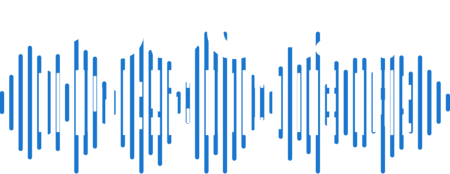For podcasters putting together their own media kits and trying to stab-in-the-dark at rates, it can be confusing figuring how to put a value on different advertising placements. There is a common idea, for example, that most shows aren’t listened to all the way through, which would affect the value of placement later in a show. But that perception is simply wrong, says Todd Cochrane, CEO of Blubrry.
“We know from survey info that, if executed in the first 25% of a show, an ad will have an extremely high chance of being heard,” says Cochrane. “When planning campaigns we look at up to 3 months’ worth of show download trends to see where an audience is in predicting download totals. The percentage of download data we see in our enterprise podcast statistics reporting makes very clear a high percentage of listeners get past the 25% mark.”
And even spots that air a bit later fare well. Going by Blubrry/Rawvoice’s robust statistics, 85% of the time when someone initiates listening to a podcast episode, it is ultimately 75% – 100% downloaded. While there is a 10% margin of error, that’s still a pretty great indicator that most shows are being listened to all the way to the end – or at least, very close.
So knowing that a listener is likely to hear an ad whether it’s placed at the beginning or end of a program, does it matter where the spot appears? The answer is “maybe.”
Heather Osgood, CEO of True Native Media, which connects advertisers with podcasts of all sizes, says that sponsors tend to prefer midroll placement – defined as occurring somewhere within the middle 50% of a program, or at least 25% from either end. “The listener is typically engaged in an activity and won’t get out their phone to forward through the ad,” she explains. “Pricing for midroll is typically the highest priced ad spot within a program, while endroll spots are the least desirable because someone can easily turn off the episode and doesn’t have any incentive to listen to an ad at the end of the program.”
That said, just because a listener hears an ad or hasn’t shut off an episode yet, that doesn’t necessarily mean he or she is paying attention. And it’s hard to find data that draws a clear correlation between the placement of an ad and how likely the audience is to engage with the sponsor or make a purchase.
That’s the bad news. The good news? Right now, many advertisers overall don’t seem too concerned about placement, and may not be tracking conversions at all. “I have not found that the average advertiser cares much about placement as long as it isn’t at the end of the show,” says Osgood. “I have not to date had an advertiser request a lower rate based on placement, nor have I had an advertiser refuse to advertiser when their desired placement is not met.” She also mentions that engagement and conversions, while a nice bonus, aren’t typically the advertiser’s concern. “Downloads are king when it comes to advertiser interest,” she says.
That doesn’t mean that smaller podcasts should despair, however. “We find that very niche podcasts, while harder to sell, command a higher cost per spot,” says Osgood, pointing out that True Native Media represents shows that have as few as 2,000 downloads per episode within a 30-day period, but that shows that receive 10,000+ find greater success with advertisers.
And regardless of whether sponsors are paying attention right now, it makes sense to ensure that your listeners are truly engaging with your ads. As advertisers become more savvy, they are likely to continue to ask more of podcasters by way of detailed podcast statistics and proving engagement and conversions. Also, keep in mind that if your show commands a loyal audience, you may do very well with affiliate marketing regardless the size of that audience – but while a sponsor might not be too worried about where that spot appears, placement could make a big difference to the success of an affiliate campaign.
No matter what, it’s wise to make sure your audience is engaging with all of your content – including the sponsored parts – to ensure continued growth and a satisfied, loyal listenership.





